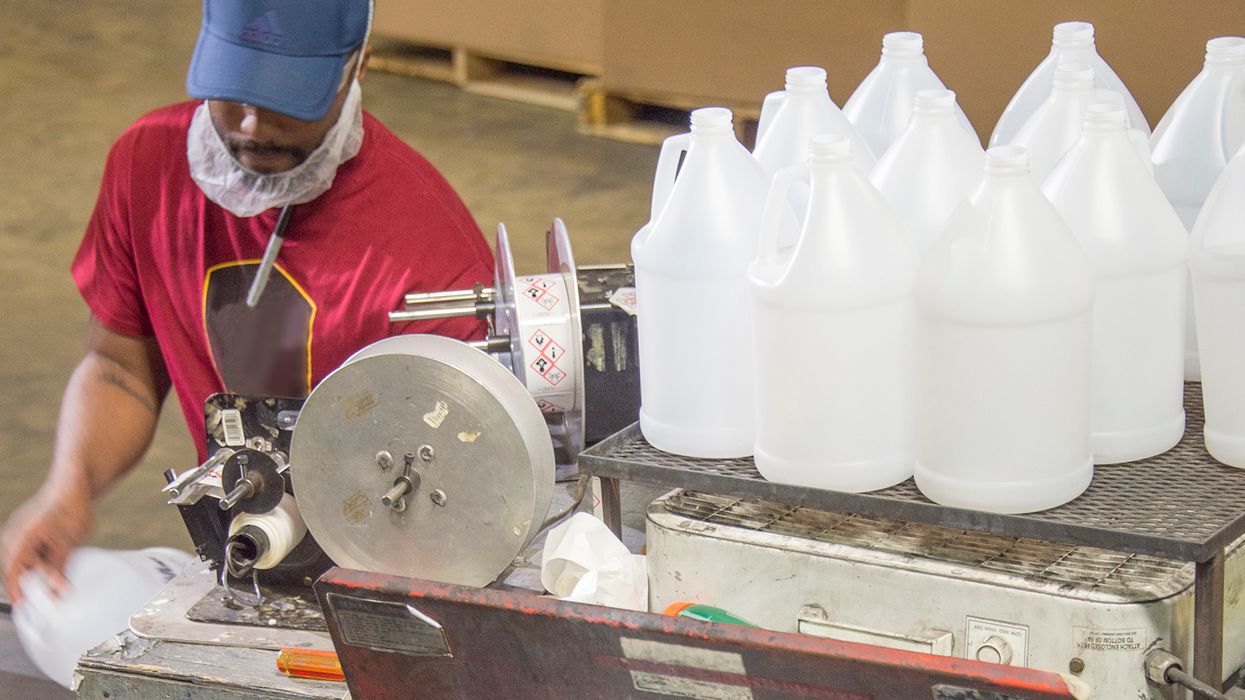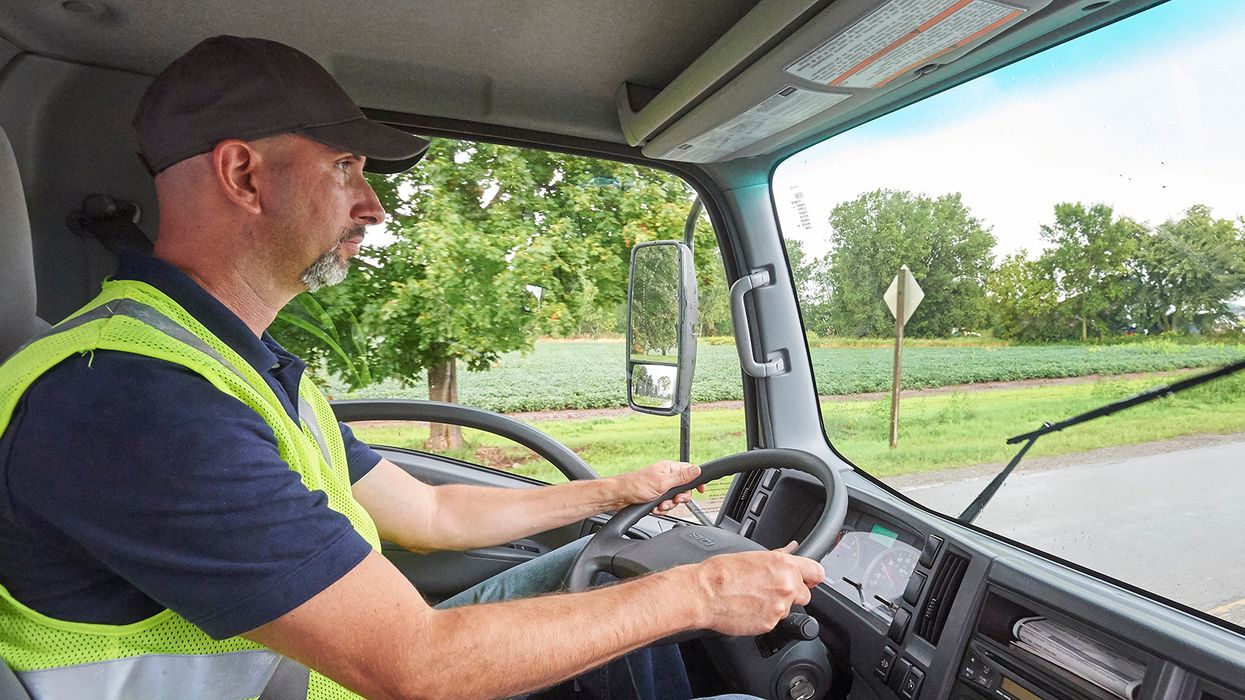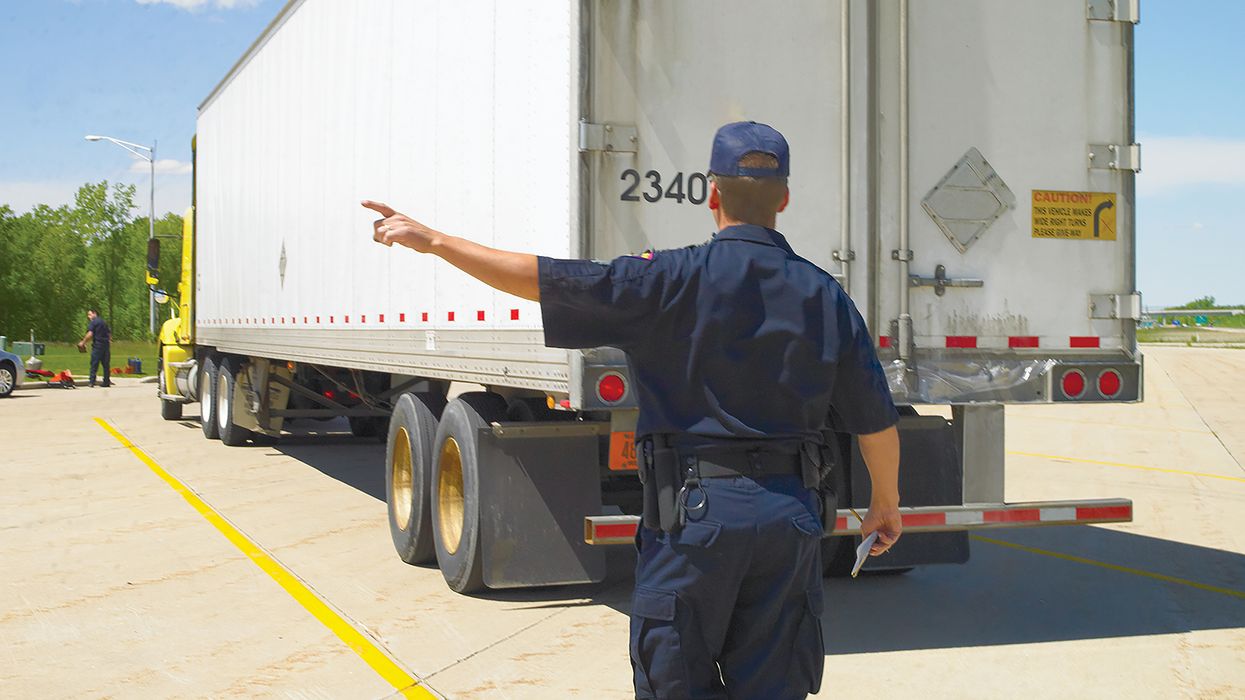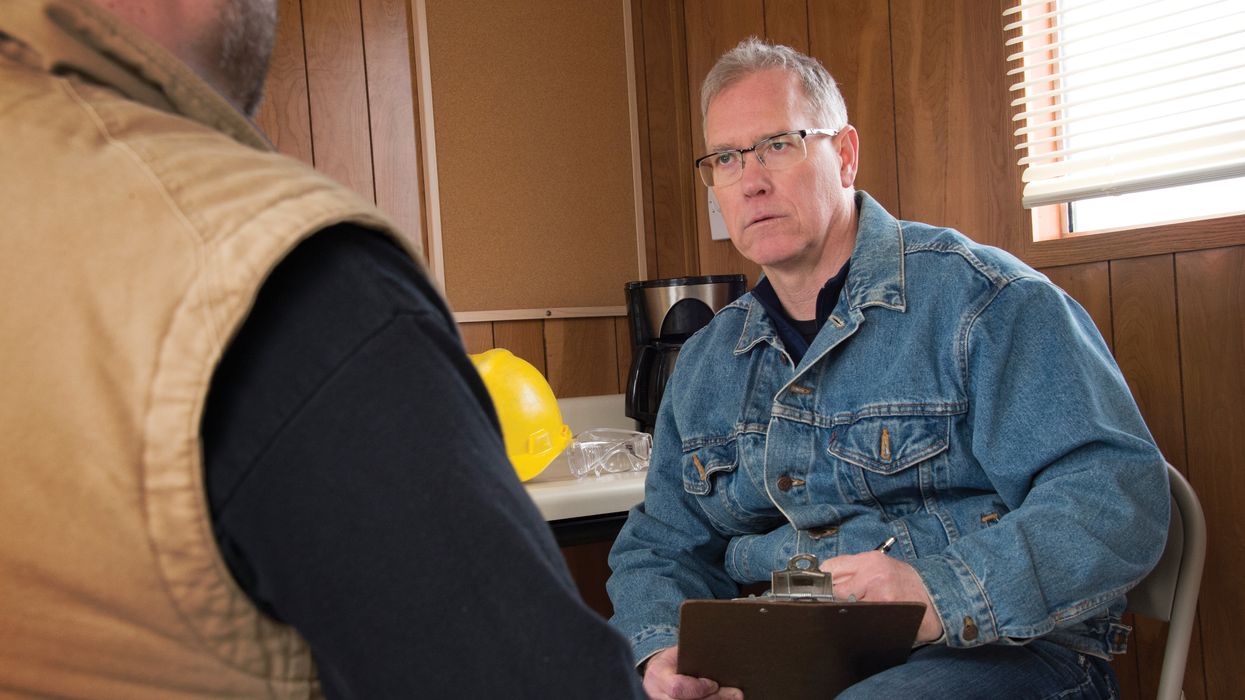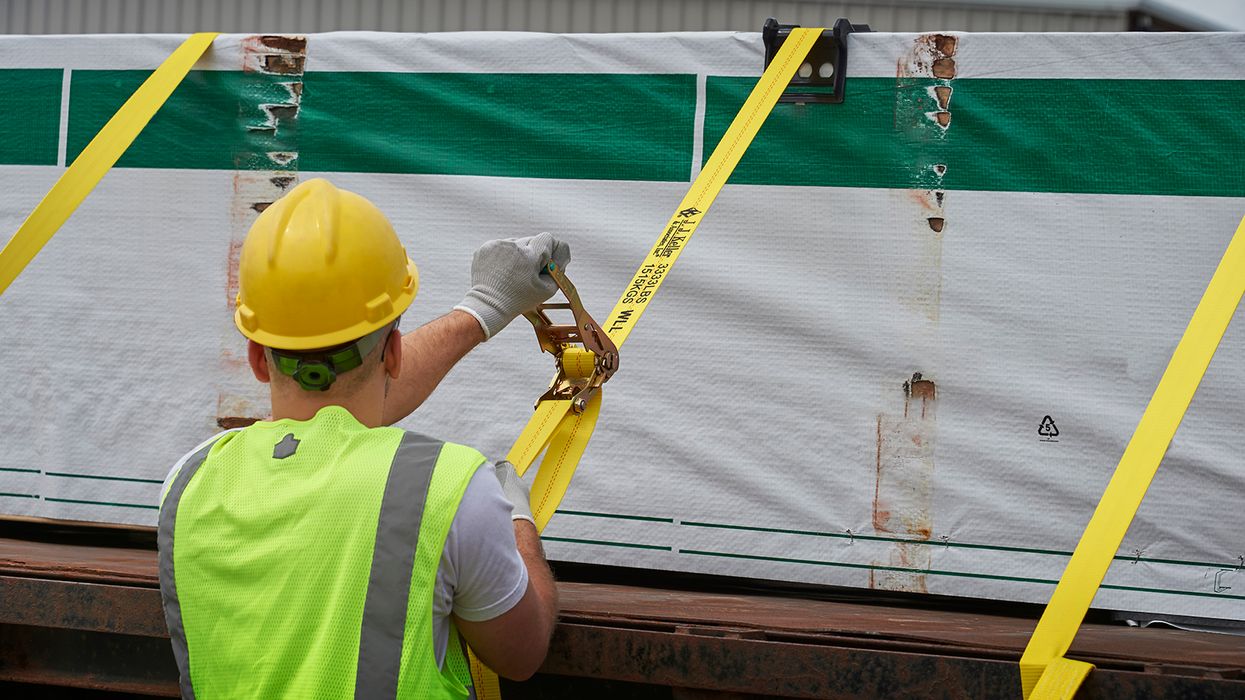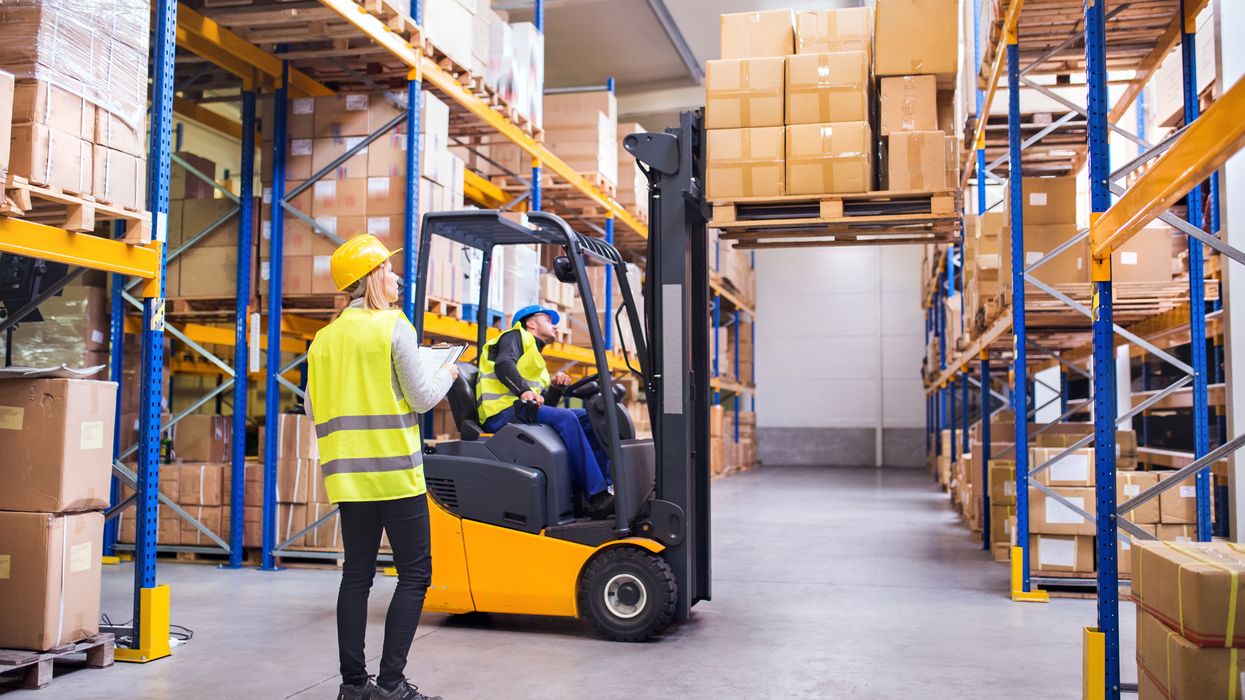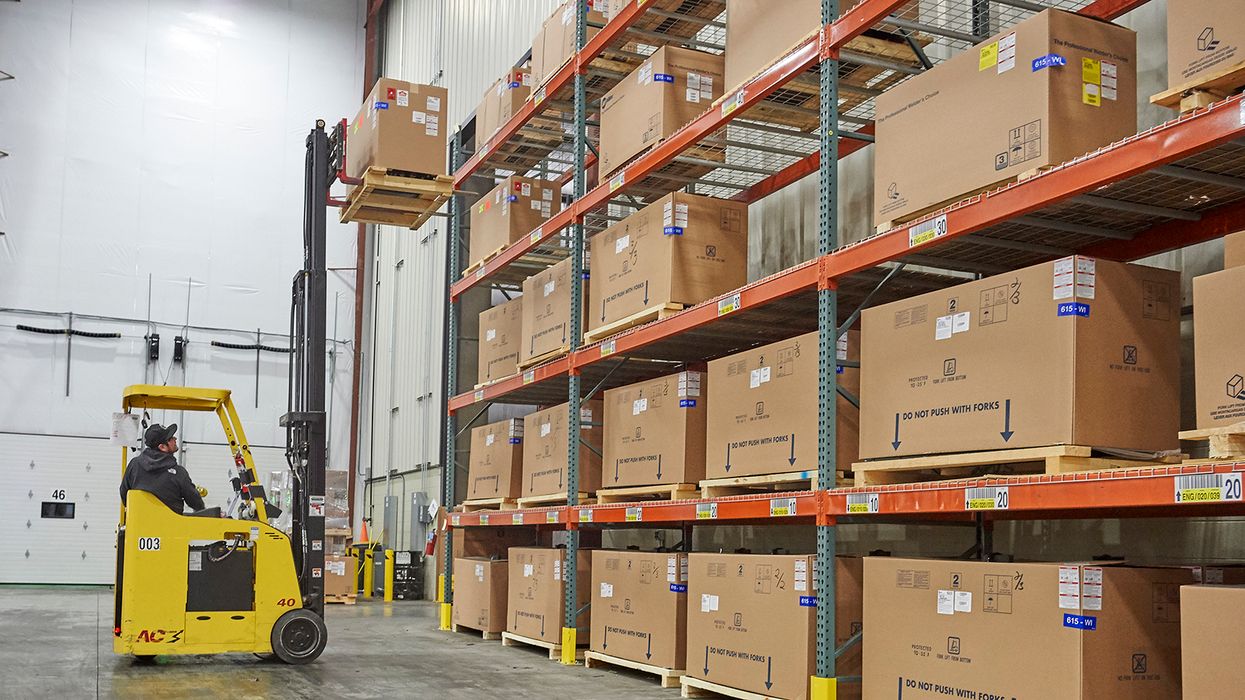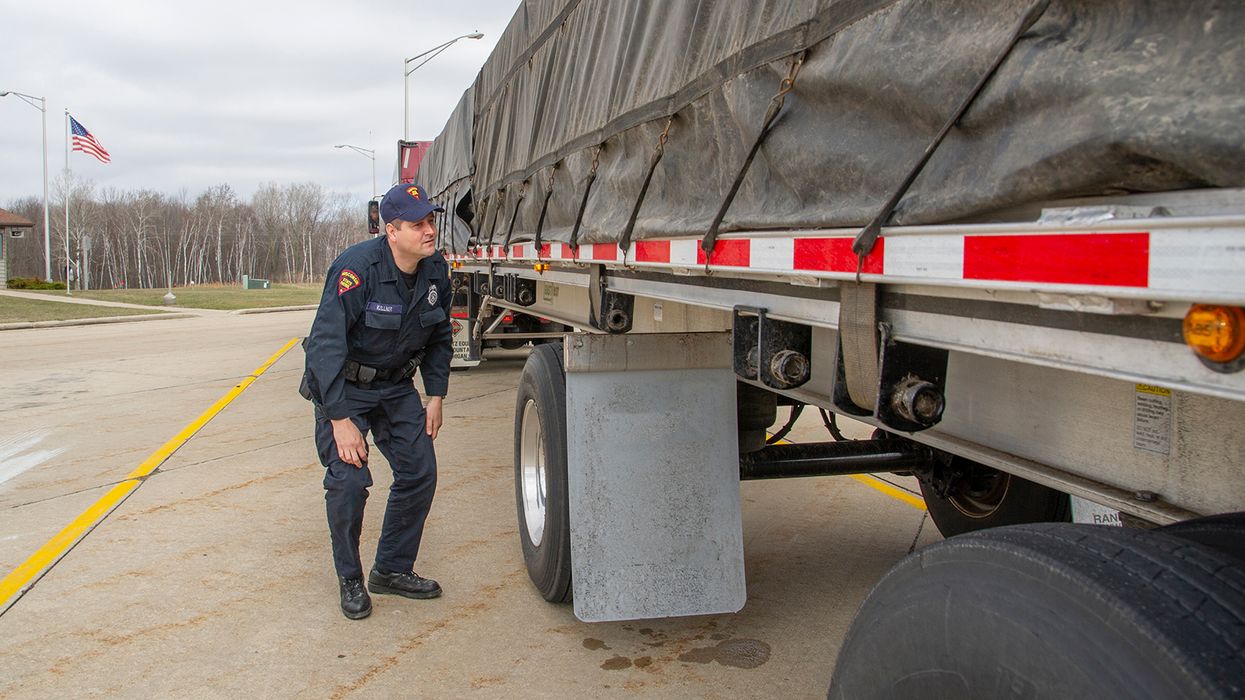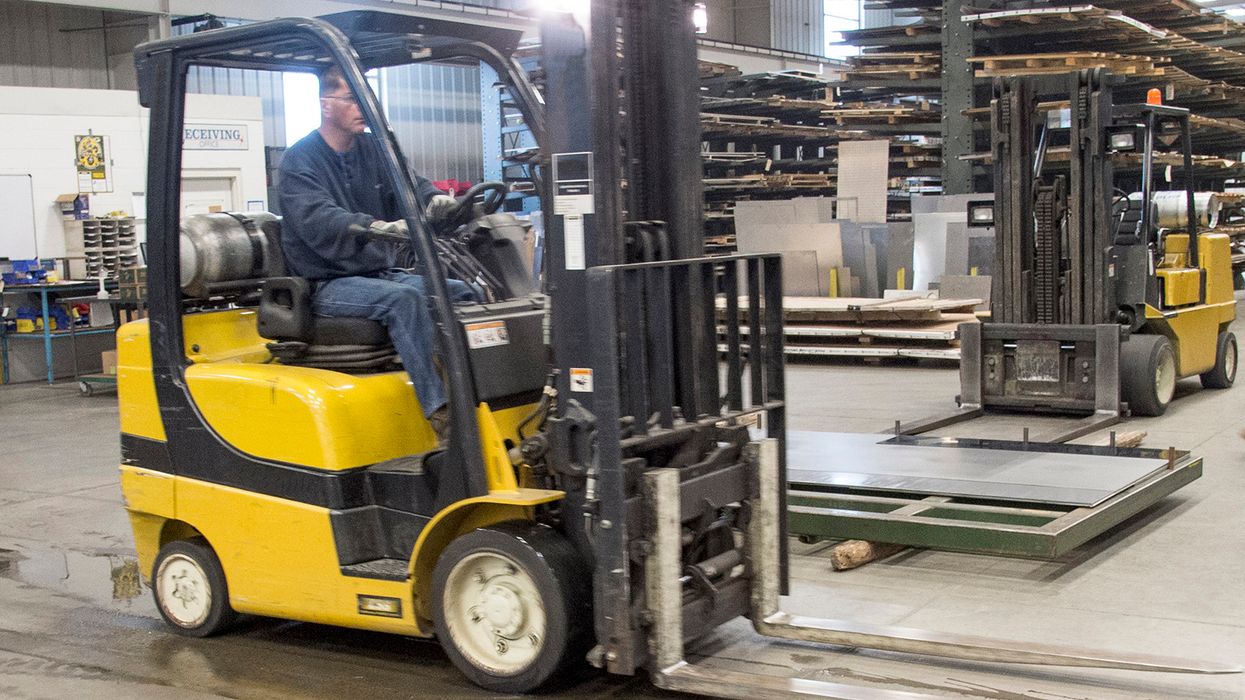Back to basics: Classroom training remains a favorite
What type of safety training do you find most effective with your employees? A recent J. J. Keller & Associates, Inc., social media poll posed this question with four options to choose from. Responses came back with the following breakdown:
- Live classroom training: 68%
- Toolbox talks: 16%
- Online training: 9%
- Video-based training: 7%
The benefits of classroom training
In addition to the benefits of gathering in person and interacting with others, classroom training allows employees to ask questions and receive timely responses, something OSHA requires of effective training. Classroom training also allows for hands-on components and worksite-specific training.
Hands-on training allows employees to interact with equipment and tools in the presence of a qualified trainer, allows them to learn or refresh their skills through experience, and allows the trainer to assess whether the trainees have mastered the proper techniques.
Classroom training also provides a forum for worksite-specific training, such as what chemicals employees may be exposed to in the workplace, where Safety Data Sheets (SDSs) are stored, and what type of labeling system is used for in-house labeling of hazardous chemicals. Some regulations, such as the bloodborne pathogens standard, include site-specific training elements that should to some degree be tailored to workers’ assigned duties.
What does OSHA say about online training?
Online training, streaming videos, and video-based training have exploded in popularity, and they’re an excellent way to provide an overview of safety topics and can supplement your classroom training. They’re also great for reaching large numbers of workers and remote workers. However, from an OSHA perspective they shouldn’t be the sole form of training that workers receive.
In a letter of interpretation OSHA says, “The use of online training by itself would not be sufficient to satisfy OSHA training requirements unless that training contains interactive and hands-on components. To be effective, training must result in mastery of the training material (such as, for example, safe work practices or the safe and appropriate use of tools and personal protective equipment). Online training without interactive and hands-on components would not meet this goal.
“The opportunity for workers to be able to ask questions of, and receive responses from, a qualified trainer(s), in a timely manner, is critical to effective training. Online training that does not provide workers with this opportunity would not comply with OSHA’s worker training requirements. Training with no interaction, or delayed or limited interaction, between the trainer and trainee may halt or negatively affect a trainee’s ability to understand and/or retain the training material. OSHA notes that one way for the employer to give workers this opportunity in the context of a computer-based program is to provide a telephone hotline so that workers will have direct access to a qualified trainer during the conduct of the online training.”
Some OSHA standards have specific training format requirements
Most regulations don’t have requirements for how training is to be conducted, such as whether it has to be classroom or online, but as an example, the powered industrial truck standard at 1910.178 does require “a combination of formal instruction (such as lecture, discussion, interactive computer learning, video, written material), practical training (demonstrations performed by the trainer and practice exercises performed by the trainee), and evaluation of the operator’s performance in the workplace.” It’s important to read the applicable regulation to ensure you’re meeting all training requirements.
Key to remember: While classroom training came out ahead in our informal poll, it can be combined with online training and videos as part of your overall training program.



































